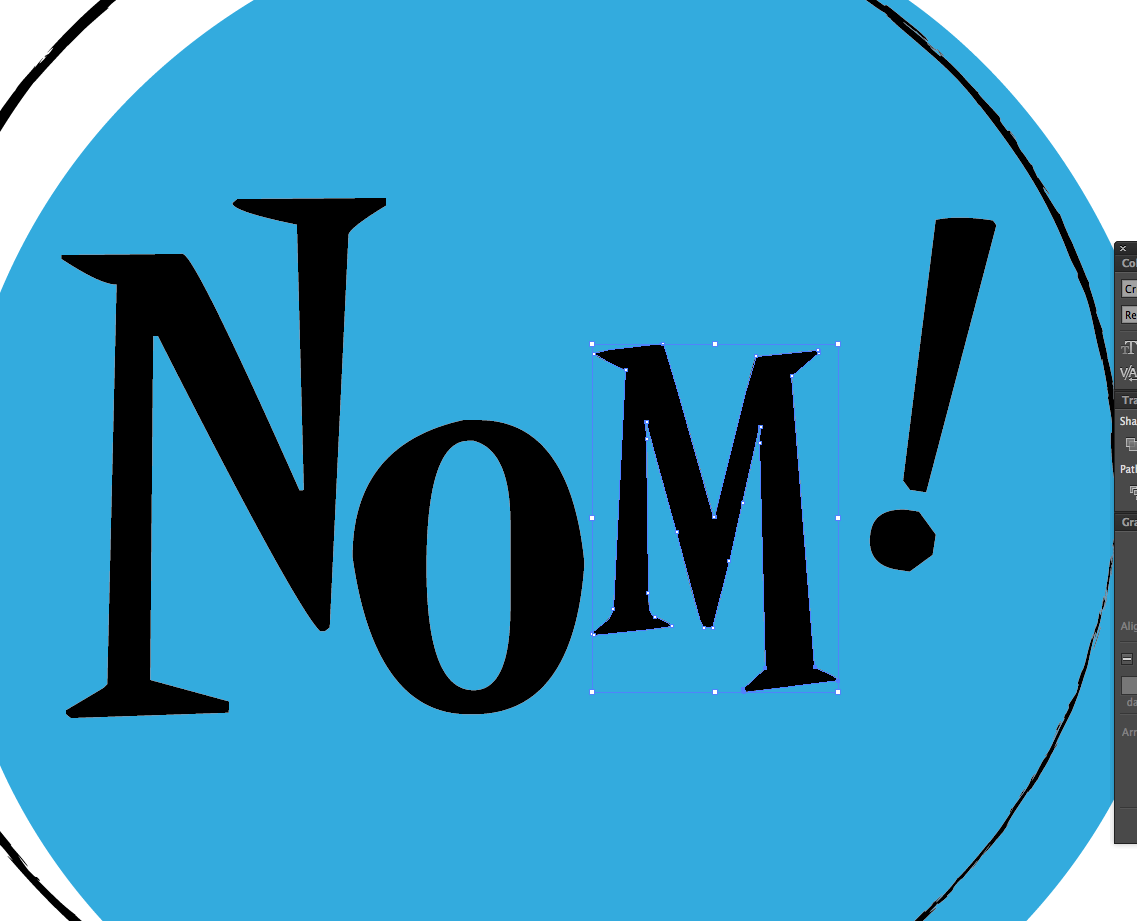Today, we had a 'final' critique for our main Responsive briefs. Here is the work I presented:
I managed to get a colour mockup of the main carrier box, it's bellyband, the sandwich box and it's pull out plate, the dessert box, pasticceria paper and stickers to secure it.
back view of the sandwich and dessert boxes.
front view of the sandwich and dessert boxes.
Pull out plate and pasticceria paper.
closeup of bellyband on carrier box.
Details on the carrier box.
I also brought along to the session 5 design boards, which explained the project so that I could be properly critiqued on how well I had answered the brief.
I also included the Evaluation and 5 questions I wanted answering about the work I had presented:
Evaluation
In response to the brief set by the Benson Group and Starpack to create an on-the-go food pack for two people, I created a design which I feel fulfilled the necessary criteria to accommodate for the associated audience. I found in my research that for a pack like this to work, it has to give lots of choice. Each person gets a main, snack, dessert and drink of their choice all of which will fit inside the box! I also thought about how the user will interact with the product and where, so I ensured that the product will fit on the user’s lap and so can be consumed on public transport, for example.
I originally intended for the box to be able to go flat-pack once used to ease customer reusability as they could transport it more easily once empty. If I have more time before the official deadline I will improve these elements and reduce the glued elements. This would also improve on environmental impact, which is important for an intended mass-produced product.
It is proposed that this pack would be able to clip onto the frame of a bike to accompany the user on bike rides etc.
Further development of this product would include co-ordinating in store point of sale design, large instructional posters, and in store shelf signs for prices and to colour co-ordinate the steps 1,2,3 & 4 to assist the users.
5 Questions about the work:
Do you think that the packaging inflicting with the inside of some of the windows is a problem? IE the top of the dessert box and the sandwich tray showing inside the sandwich box.
In your opinion, in terms of colour and style, do you think that my design answers to the requested ‘Great British Summer’ theme?
Do you think that this pack suits a wide audience of the general public or does it appeal to a smaller audience?
Are there any glaringly obvious improvements that need to be made on my current design?
In a practical sense, do you think my submission for this competition will stand out from other submissions? why?
Here is the feedback I received:
There has obviously been some confusion that was inadequately explained in my design boards with accordance to the delivery of the final products; as no 2,4, or 6 is required in this scheme.
I also failed to demonstrate my inner holding system to them through my design boards also, making them question how the products will be held in place.
My fears were confirmed when they said that the design appeals to young children and families. This is a really negative sign, as I have narrowed my audience in half. Since the pack as defined by the brief should accommodate meals for only 2 people, this doesn't work either!
I agree with the numbering of products, I made a big mistake on this! But since it was only a visual mockup, I decided to leave it for this particular critique. The shape of the products is fine though, it's just not generic. This needs to be demonstrated more professionally with the products inside before being presented finally for the competition.
To do list as suggested from the critique:
- The products need to be shown in-store and distribution must be explained and demonstrated.
- The numbering system needs to be fixed.
- The inner holding system needs to be demonstrated - maybe illustrated?
- professional photography of the pieces with the products inside will help the viewer to visualise the final outcome.



























































































